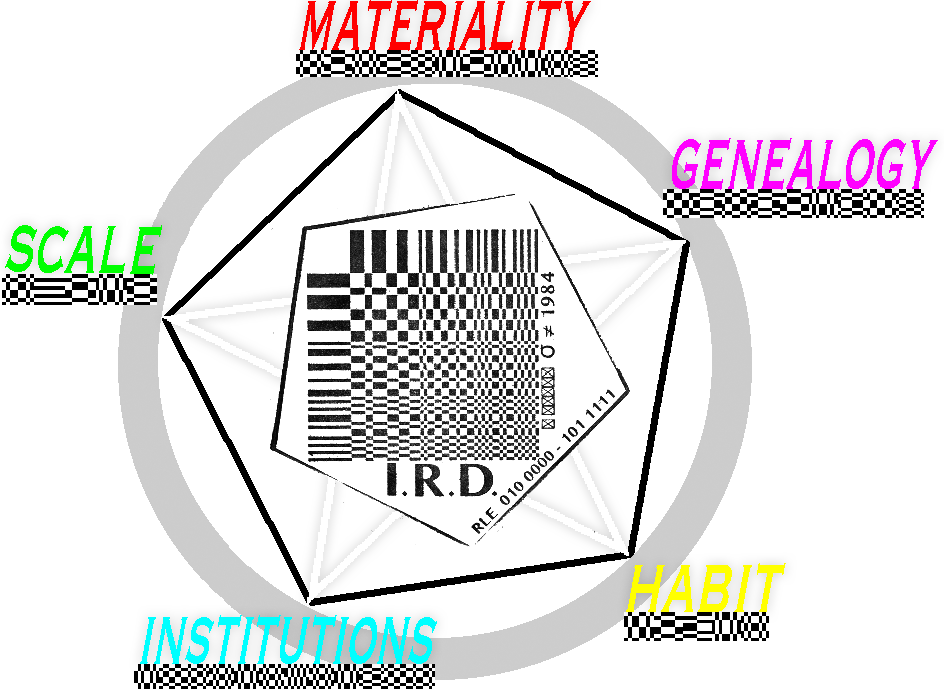3/12/2009
Compress Process
The whole video is created with one and the same skype video recording; its basically a selfportrait of me jumping around.
______________
Creating this video made me think about a couple of things. First of all, the research I am doing is not about destroying the pixel. If we subscribe to wikipedia and agree that the pixel (or picture element) is the smallest item of information in an image, I would rather say that through artifacts like compression and glitch, I deconstruct the pixel of the video. I create new pixels from old pixels, with new dimensions and new pixel-properties.
Moreover, whereas pixels are normally arranged in a 2-dimensional grid, I think that we could wonder if the pixels actually has a third, or even forth dimension (in the sense that pixels are made out of different layers, with a certain opacity, that are placed on top of each other, over time). A simple thought that never occurred to me before. This requires some obvious research into the technology of the pixel.
A third thing that occurred to me is the misconception of the term compression. In general, (and also in wikipedia) data compression refers to the process of encoding information using fewer bits (or other information-bearing units) than an unencoded representation would use through use of specific encoding schemes. But when I do these types of experiments in encoding (compressing) a video file, it easily happens that a 1 minute video file (that originally only took up 87mb) takes up to 4gb of space in compressed form. It makes me wonder if compression is still a matter of compressing?
I can't seem to dodge the question of what would be this 'unencoded representation' wikipedia refers to, when we are talking about files that have been generated through a compression service like skype?
This video was successively compressed in three different (glitchy) ways. The first compression made the colors of the video unstable. In windows, the colors changed to black and white while on the mac, the video still had color. It also became pixelated (0'27-0'35).
The second compression made the video bleed. You can see what I mean with bleeding from 0'37 to 1'17. These are basically the more messed up parts of the video.
The third compression made the video very grainy, (for instance, from 2'50-3'06). Instead of playing frame by frame, the video seems to make collages of itself by putting layers triggered by the sound on top of eachother. A very weird compression mode that I also exploited in To Smell and Taste Black Matter (only seems to work when you add .wav sound to the video and compress with animation codec set on least quality).
The only filter I used was a contrast filter and a filter for keying some whites out. I also edited the video to the music.
Extraboy made the music for the video. The beginning of the song is consists of a speech synthesis fighting for room with a song composed of text and exe-data. All performed on the Amiga. Gradually this sound gets highly compressed, and at the same time the (g)rainy sounds of a malfunctioning VST enters. That is followed by a new version of the song that was recorded in the original skype video.
Subscribe to:
Post Comments (Atom)



2 comments:
Hey, I really dig what you are saying about units smaller than the pixel! I like to call them hypercubes and have my own theory about it... See:
Quantinuity: Towards a Theory of Continuity for Hypercubist Cinema
Post a Comment